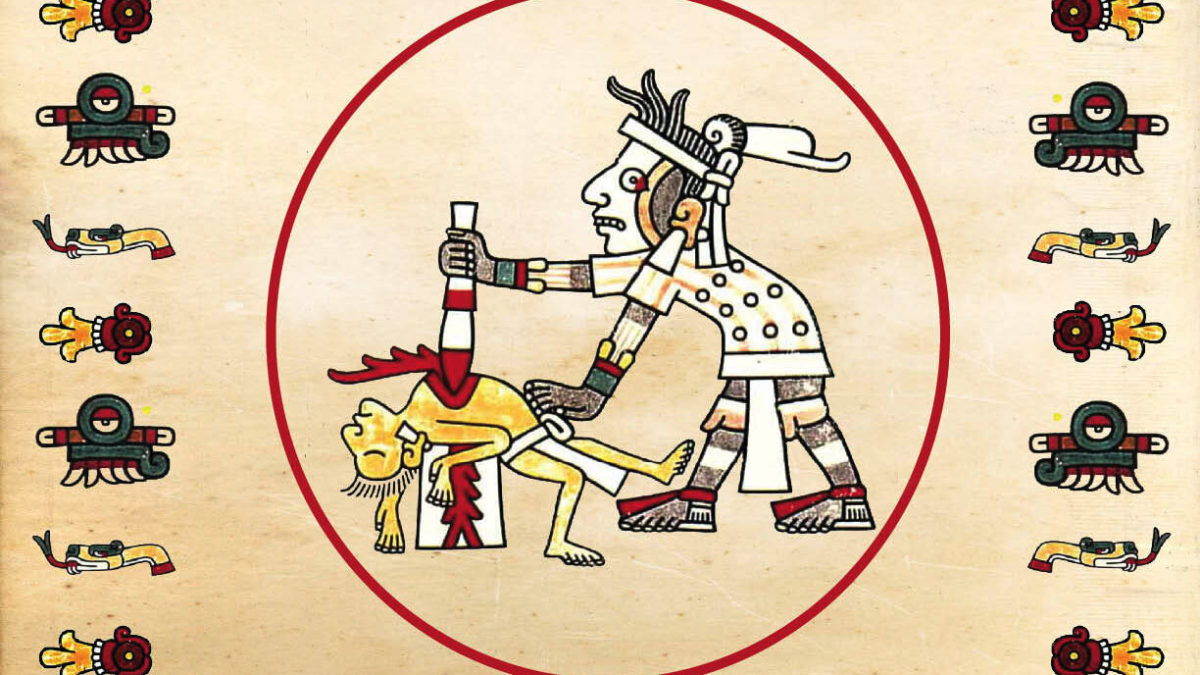The aztecs sacrificed 1 of their population every year or about 250 000 people

The Aztecs Sacrificed 1% of Their Population: Assessing the Controversial Claim

The Aztec civilization, renowned for its advanced culture and complex societal structure, has often captivated historians and archeologists alike. One of the most enduring and controversial claims about the Aztecs is their practice of human sacrifice. According to some sources, the Aztecs allegedly sacrificed 1% of their population annually, which equates to approximately 250,000 individuals each year. In this article, we will delve into the veracity of this claim, analyzing historical accounts and contemporary research to shed light on the Aztec civilization’s religious practices.
Although the claim of sacrificing such a staggering number of individuals seems unfathomable to many, it is essential to approach historical records critically. While there is evidence of human sacrifice in Aztec culture, estimating the exact numbers is a complex endeavor due to contradictory sources and the passage of time. An examination of primary sources, such as codices and Spanish colonial documents, provides important insights into this inherently controversial topic.

Drawing from historical accounts, it becomes apparent that human sacrifice played a significant role in Aztec religious rituals. The Aztecs believed that their gods required constant nourishment in the form of human blood, which they believed sustained the natural order of the universe. These sacrifices were carried out in elaborate ceremonies, often involving compelling public displays that symbolized the continuity of life and death.
While it can be challenging to determine the exact number of sacrifices, estimations based on various sources provide some insight. Spanish conquistador Hernán Cortés, who witnessed Aztec rituals firsthand, documented instances of massive sacrifices, describing the Templo Mayor in Tenochtitlan as a site of immense bloodshed. However, it is important to acknowledge that the Spanish conquistadors held biases and may have exaggerated the figures to portray the Aztecs as savages in their conquest narratives.
Furthermore, modern studies, such as biological and archaeological analyses, are shedding new light on Aztec human sacrifice. By studying skeletal remains, researchers can detect signs of trauma and alterations that may have occurred during sacrificial rituals. These studies indicate that sacrifice was indeed practiced by the Aztecs, but the scale and frequency are still subject to debate among experts.
In conclusion, while the claim that the Aztecs sacrificed 1% of their population annually remains controversial, evidence does suggest that human sacrifice was a significant aspect of Aztec religious practices. The precise number of sacrifices cannot be determined with certainty, given the limitations of historical records and the biases of early Spanish accounts. However, it is clear that the Aztecs attached immense religious and cultural importance to these rituals. Further research and interdisciplinary study will continue to illuminate our understanding of this complex and enigmatic civilization.
Source:
History on the Net. Available at: https://www.historyonthenet.com/aztec-culture-how-many-were-killed-as-human-sacrifices
Tags
Share
Related Posts
Quick Links
Legal Stuff

